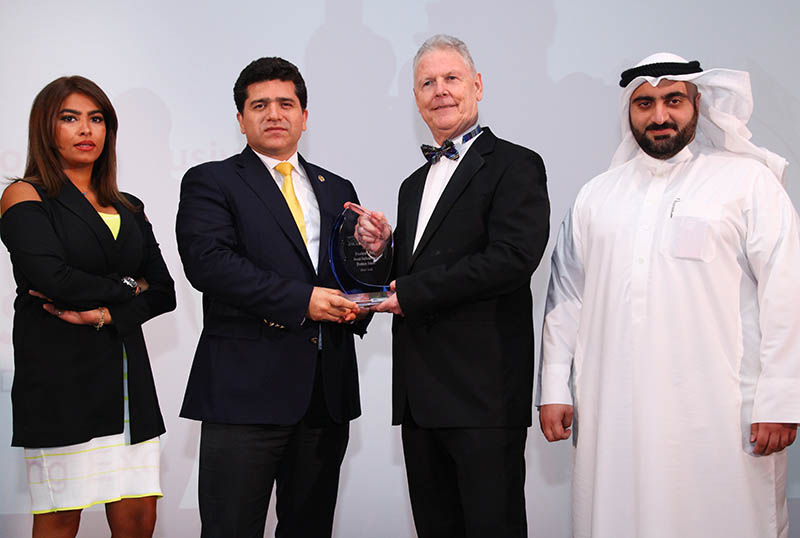
Interactive Intelligence Group Inc. (Nasdaq: ININ), a global provider of unified IP business communications software and services, has released Interaction Edge™, a combined gateway, media server, and SIP proxy appliance designed to streamline enterprise IP telephony deployments.
Interaction Edge™ provides gateway capabilities enabling connections between traditional trunk lines and voice-over-IP networks, and adds media server and SIP proxy functionality in a single appliance.
By combining functionality onto a single appliance, enterprises and contact centers can simplify IT management and reduce costs, according to Shaheen Haque, territory manager Middle East and Turkey at Interactive Intelligence.
“Following our overall product strategy of an all-in-one approach to communications infrastructure, Interaction Edge™ gives customers a single appliance to manage instead of multiple devices,” Haque said. “Interaction Edge™ also provides the advantages of hardware redundancy for disaster recovery and remote administration, making it ideal for distributed organizations, including those that use our cloud-based communications-as-a-service delivery model.”
Interaction Edge™ is designed to work with the Interactive Intelligence all-in-one IP communications software suite, Customer Interaction Center™ (CIC), which gives mid-size to large contact centers and enterprises applications such as interactive voice response, automatic call distribution, multichannel recording, predictive dialing, unified messaging, and more.
The Interactive Intelligence media server offloads the CIC application server by handling all audio processing for improved reliability and performance. Its SIP proxy helps to more effectively route calls between servers in enterprise IP telephony environments for increased operational efficiencies and remote survivability.
The gateway capabilities of Interaction Edge™ are available in one, two, four, and eight-span increments for flexible scalability.
Interaction Edge™ is currently available in North America and in many countries throughout Latin America, EMEA, Asia Pacific, Australia and New Zealand. It’s offered through the Interactive Intelligence channel of more than 300 resellers worldwide, and through its direct sales force.
For more information about Interaction Edge™, visit http://www.inin.com/ProductSolutions/Pages/Interaction-Edge.aspx.

